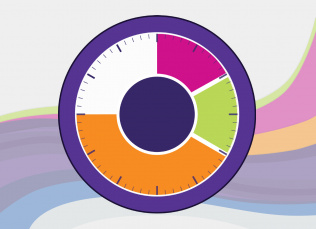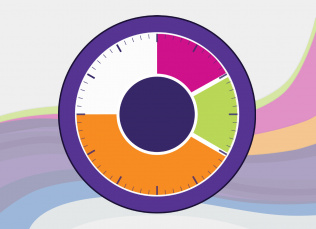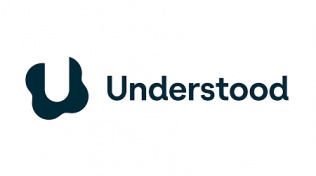
Got a Minute? Barriers to Engagement
Providing multiple ways for learners to engage with instruction and content fosters inclusive learning environments. This module will support educators with recognizing barriers to engagement and provide tools to minimize barriers and increase engagement.
Participants will Identify potential barriers to student engagement, then consider and design engagement strategies to support student learning.
To access the interactive learning module, click on the Interactive link above or select this link: Got a Minute? Barriers to Engagement Module.
Share this resource:
Posted date:
November 2, 2021



